A spacecraft has carefully approached and Girlfriend Who is Crazy About Big Thingsimaged a large hunk of metal orbiting Earth — a step in tackling humanity's mounting space junk woes.
The delicate space mission, undertaken by the Japanese satellite technology company Astroscale, used its ADRAS-J satellite to travel within several hundred meters of an abandoned section of a noncommunicative, derelict rocket, proving it could safely observe in such close proximity.
"Pics or it didn't happen," the company posted on X (formerly Twitter). "Behold, the world’s first image of space debris captured through rendezvous and proximity operations during our ADRAS-J mission."
SEE ALSO: NASA scientist viewed first Voyager images. What he saw gave him chills.The mission is part of the Japan Aerospace Exploration Agency's (JAXA, which is Japan's NASA counterpart) "Commercial Removal of Debris Demonstration" project, which seeks a proven way to remove problematic space junk from Earth's orbit. A collision involving a large object can create thousands more pieces of debris, stoking a domino effect of future impacts.
The experimental spacecraft will now continue to closely approach the rocket, which Japan launched in 2009, gathering more data on the rocket's condition and motion. The following mission, with this information in hand, will "then remove and deorbit the rocket body using in-house robotic arm technologies," the company said in a statement.
"We selected this target because it is a large piece of space debris and there are many similarly shaped (cylindrical) pieces on the [space debris] list," Yamamoto Toru, who leads Japan's commercial removal mission, said in a statement. "If we are successful, we expect to be able to apply these techniques to the removal of similarly shaped space debris."
This Tweet is currently unavailable. It might be loading or has been removed.
 A rendering of the ADRAS-J spacecraft approaching its large space junk target. Credit: Astroscale
A rendering of the ADRAS-J spacecraft approaching its large space junk target. Credit: Astroscale Space junk is a serious problem. The unregulated orbital trash now permeates a region of space around Earth called low Earth orbit, or LEO.
"LEO is an orbital space junk yard," NASA explained. "There are millions of pieces of space junk flying in LEO. Most orbital debris comprises human-generated objects, such as pieces of spacecraft, tiny flecks of paint from a spacecraft, parts of rockets, satellites that are no longer working, or explosions of objects in orbit flying around in space at high speeds."
Unintentional collisions can happen. But intentional actions have dramatically degraded the LEO environment. "For instance, the deliberate destruction of the Chinese Fengyun-1C spacecraft in 2007 and the accidental collision of an American and a Russian spacecraft in 2009 alone have increased the large orbital debris population in LEO by approximately 70 percent, posing greater collision risks for spacecraft operating in low Earth orbit," NASA noted.
The International Space Station has needed to maneuver multiple times to avoid close impacts from speeding debris.
Somewhat recently, during a problematic 2021 test, Russia fired a missile at its 4,850-pound satellite Cosmos 1408, creating a cloud of fragments that triggered an emergency response on the relatively nearby space station.
"We're going to see consequences from this particular event for the next few decades," Hugh Lewis, a professor of astronautics at the University of Southampton who researches space debris, told Mashable at the time. "It wasn't a good outcome. It was never going to be a good outcome."
"There wasn't a worse target to aim for with respect for human spaceflight," he added.
(Editor: {typename type="name"/})
 Today's Hurdle hints and answers for April 29, 2025
Today's Hurdle hints and answers for April 29, 2025
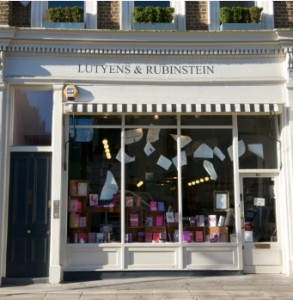 What We’re Loving: Dorian Gray, Sex with Immortals by The Paris Review
What We’re Loving: Dorian Gray, Sex with Immortals by The Paris Review
 Dead Authors at Fashion Week: Part 2 by Katherine Bernard
Dead Authors at Fashion Week: Part 2 by Katherine Bernard
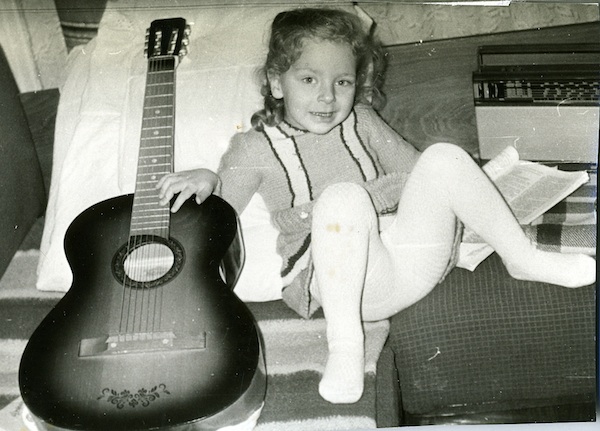 All in a Single String by Maria Konnikova
All in a Single String by Maria Konnikova
 Best Bluetooth tracker deal: Save 29% on the Tile by Life360 Essentials bundle
Best Bluetooth tracker deal: Save 29% on the Tile by Life360 Essentials bundle
Barcelona Open 2025 livestream: Watch live tennis for free
 TL;DR:Live stream the 2025 Barcelona Open for free on RTVE. Access this free streaming platform from
...[Details]
TL;DR:Live stream the 2025 Barcelona Open for free on RTVE. Access this free streaming platform from
...[Details]
A Snail’s Pace by Casey N. Cep
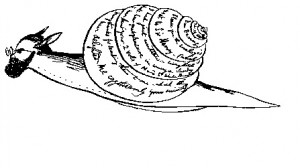 A Snail’s PaceBy Casey N. CepJuly 31, 2012Arts & CultureEdward Lear, self-portrait as snail.When
...[Details]
A Snail’s PaceBy Casey N. CepJuly 31, 2012Arts & CultureEdward Lear, self-portrait as snail.When
...[Details]
Fuzzy Austen, Tipsy Wilde by Sadie Stein
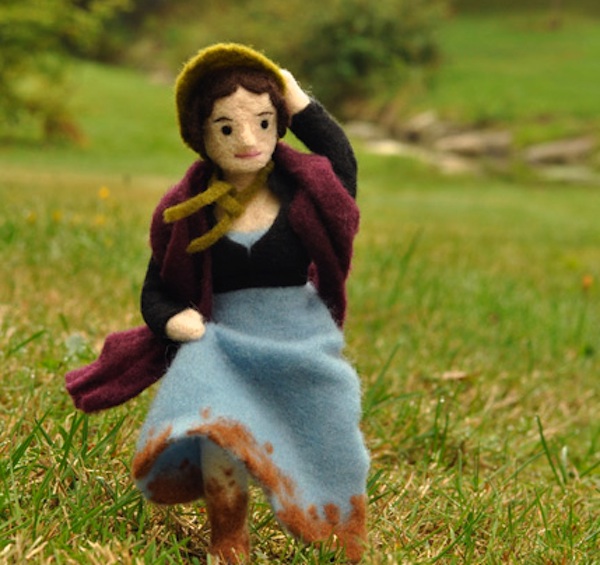 Fuzzy Austen, Tipsy WildeBy Sadie SteinAugust 28, 2012On the ShelfThe literary felted dolls of My Co
...[Details]
Fuzzy Austen, Tipsy WildeBy Sadie SteinAugust 28, 2012On the ShelfThe literary felted dolls of My Co
...[Details]
 Dr. CollierBy Julian TepperAugust 1, 2012First PersonMy novel, Balls, is a book in which the protago
...[Details]
Dr. CollierBy Julian TepperAugust 1, 2012First PersonMy novel, Balls, is a book in which the protago
...[Details]
The Beatles biopic casts all the internet's boyfriends in one movie
 Great news for anyone with an internet connection and the ability to yearn: the internet's boyfriend
...[Details]
Great news for anyone with an internet connection and the ability to yearn: the internet's boyfriend
...[Details]
Dreaming in French by Brian Cullman
 Dreaming in FrenchBy Brian CullmanJuly 30, 2012Arts & CultureSaint CyprienOn the rare occasions
...[Details]
Dreaming in FrenchBy Brian CullmanJuly 30, 2012Arts & CultureSaint CyprienOn the rare occasions
...[Details]
Pirate Queen: In the Studio with June Glasson by Charlotte Strick
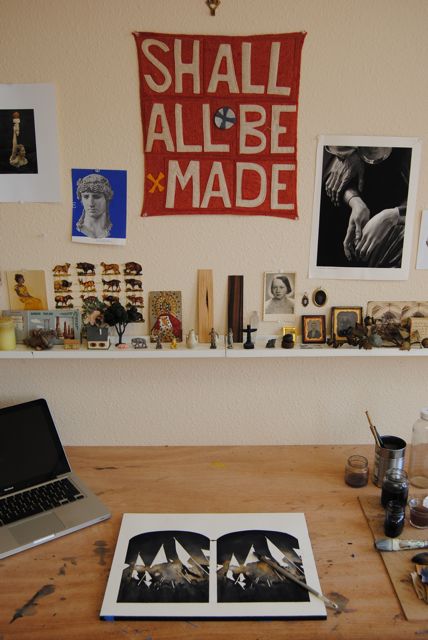 Pirate Queen: In the Studio with June GlassonBy Charlotte StrickAugust 1, 2012Studio VisitYears ago,
...[Details]
Pirate Queen: In the Studio with June GlassonBy Charlotte StrickAugust 1, 2012Studio VisitYears ago,
...[Details]
Bradbury’s File, The Unified Field by Sadie Stein
 Bradbury’s File, The Unified FieldBy Sadie SteinAugust 29, 2012On the ShelfSeattle band Fleet Foxes
...[Details]
Bradbury’s File, The Unified FieldBy Sadie SteinAugust 29, 2012On the ShelfSeattle band Fleet Foxes
...[Details]
The fat bears are already extremely fat
 The fat bears exemplify success.Many of the brown bears at Katmai National Park and Preserve have pu
...[Details]
The fat bears exemplify success.Many of the brown bears at Katmai National Park and Preserve have pu
...[Details]
In Memory of Daryl Hine by Sadie Stein
 In Memory of Daryl HineBy Sadie SteinAugust 29, 2012In MemoriamWe were saddened to learn of the deat
...[Details]
In Memory of Daryl HineBy Sadie SteinAugust 29, 2012In MemoriamWe were saddened to learn of the deat
...[Details]
接受PR>=1、BR>=1,流量相当,内容相关类链接。